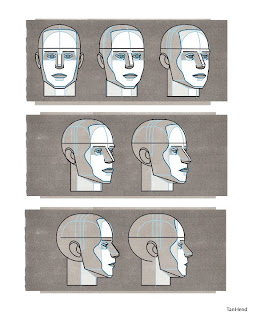"There is a less familiar way in which a scientist can work out what is real when our five senses cannot detect it directly. This is through the use of a 'model' of what might be going on, which can then be tested. We imagine - you might say we guess- what might be there. That is called the model. We then work out (often by doing a mathematical calculation) what we ought to see, or hear, ect. (often by doing a mathematical calculation) if the model were true. We then check whether that is what we actually do see. The model might literally be replica made out of wood or plastic, or it might be a piece of mathematics on paper, or it might be a simulation in a computer. We look carefully at the model and predict what we ought to see(hear, ect.) with our senses (with the aid of instruments, perhaps) if the model were correct. Then we look to see whether the predictions are right or wrong. If they are right, this increases our confidence that the model really does represent 'reality' we then go on to devise further experiments , perhaps refining the model, to test the findings further and confirm them. If our predictions are wrong, we reject the model, or modify and try again."
Excerpt from - The Magic of Reality: How We Know What's Really True
by Richard Dawkins, beautifully illustrated by David McKean
by Richard Dawkins, beautifully illustrated by David McKean






No comments:
Post a Comment